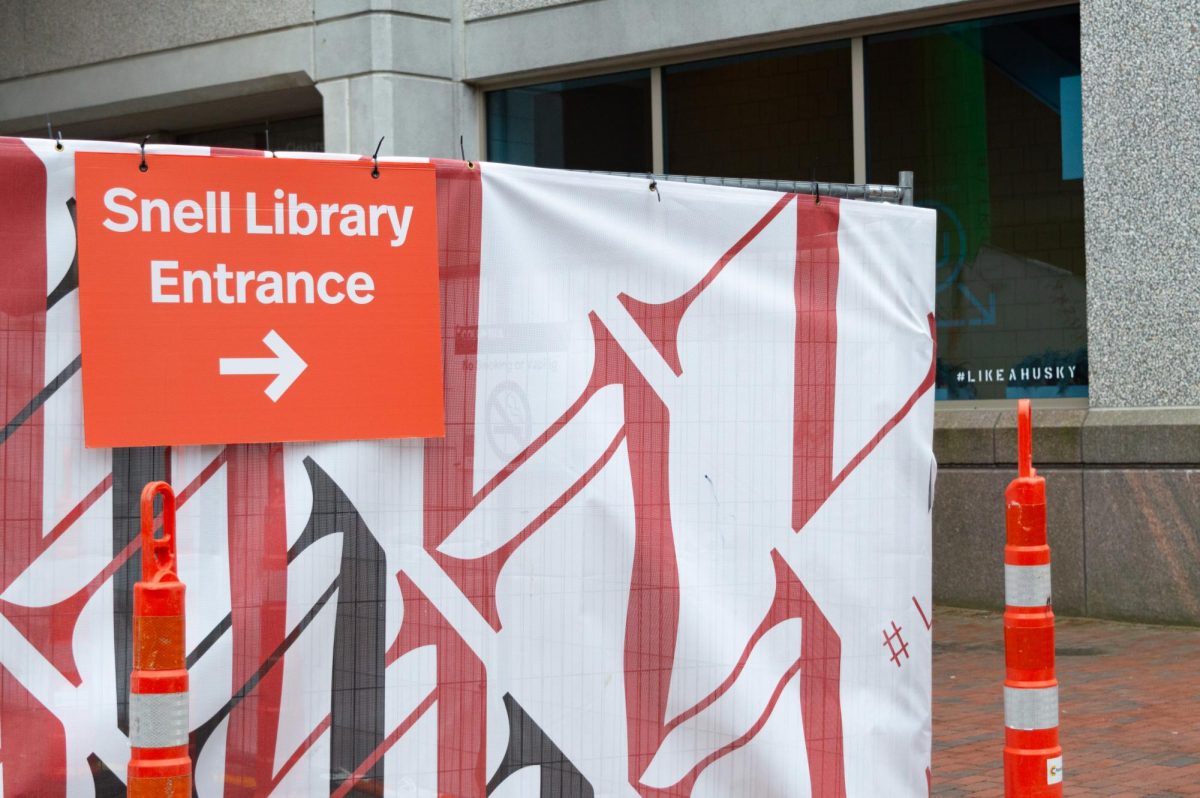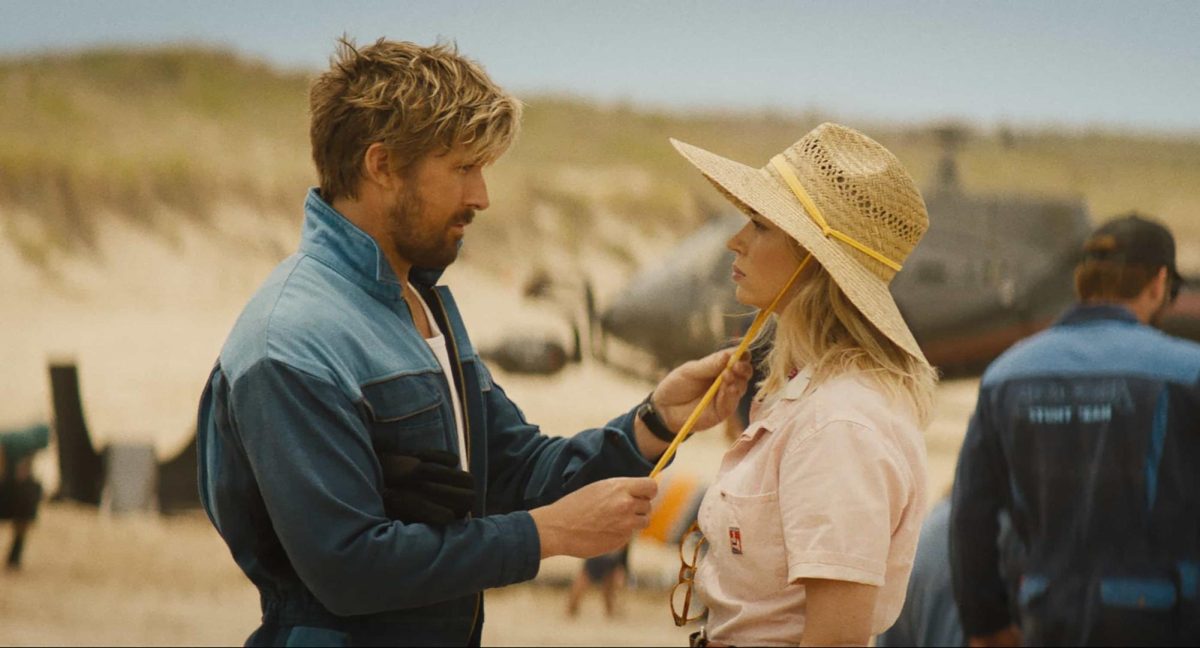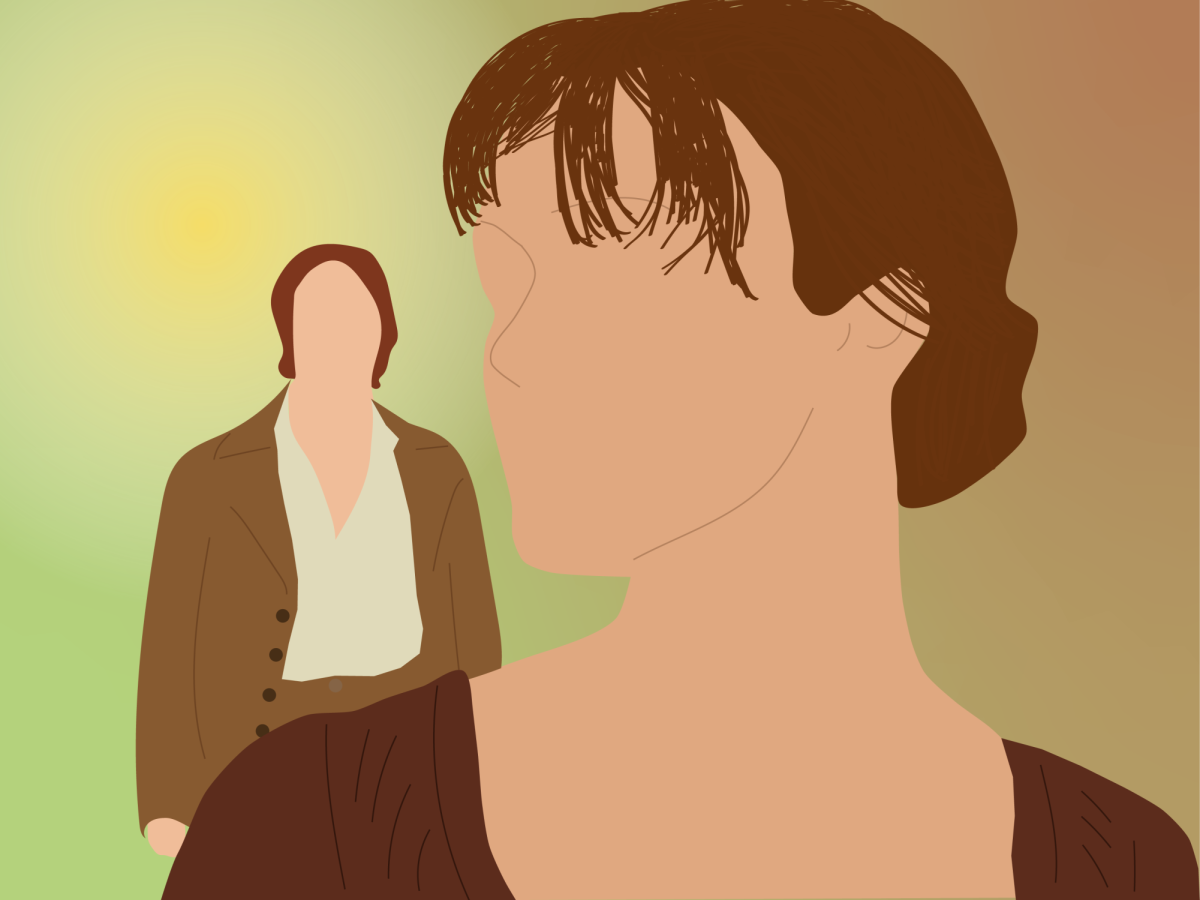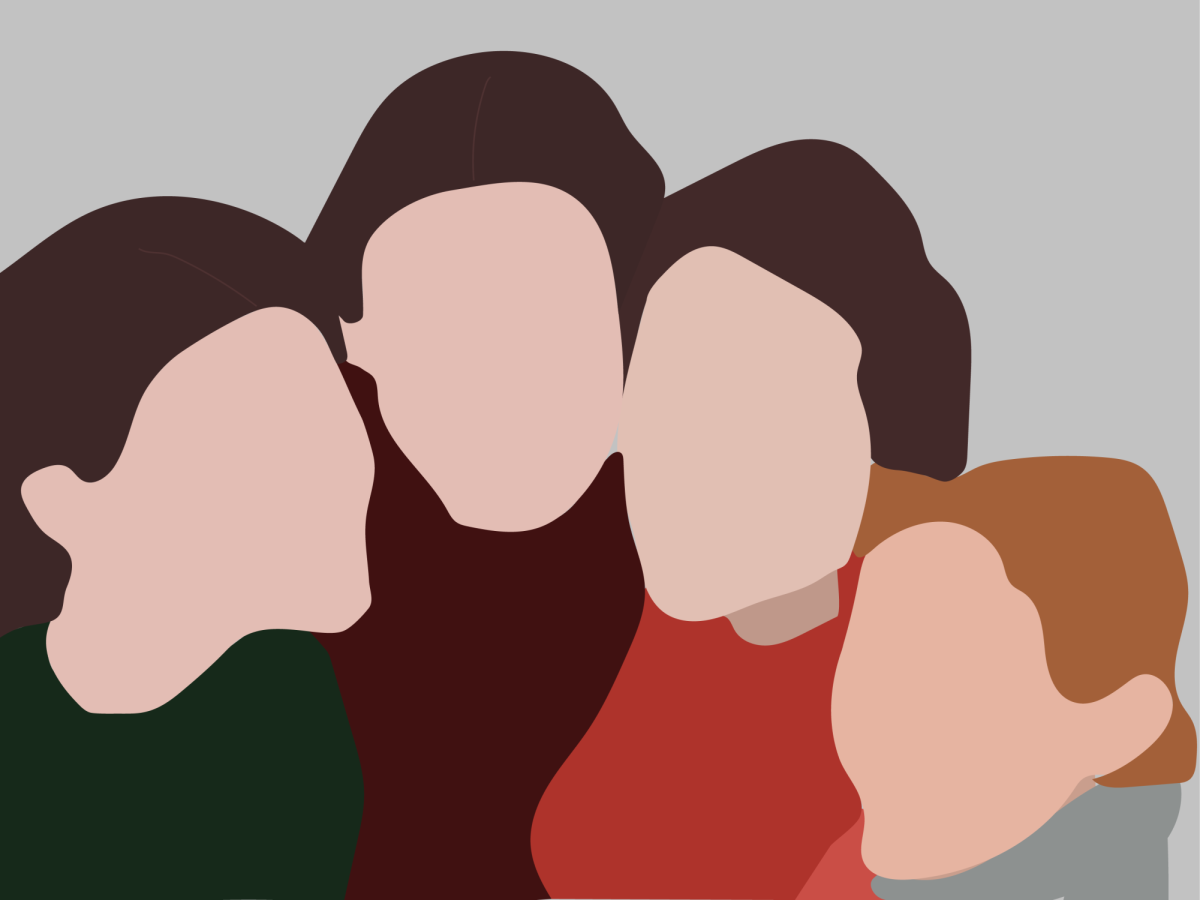By Francesca Sales, News Correspondent
The Museum of Fine Arts (MFA), Northeastern’s neighbor on Huntington Avenue, has updated its galleries with numerous interesting exhibits.
“New Works: Prints, Drawings, Collages,” on display in the MFA’s Clementine Haas Michel Brown Gallery, has been on view since July 28. The collection consists of modern works on paper obtained by the museum since 1960, including collages, drawings and prints acquired as gifts, bequests or purchases.
These are works that, according to the MFA’s description plaques, “expand traditional media” with “sheer inventiveness,” and one would be hard-pressed not to agree. Their subject matters range from cars and spaceships to tea bags. The artists’ techniques are also very innovative, and include bright cut-outs from magazines, strong red slashes of paint via needlepoint and shattered glass used to color with ink. These artists is to draw a second glance from modern viewers, and make them think twice about ordinary objects.
American sculptor Tara Donovan’s “Untitled” was striking, like a black sky full of lightning bolts captured in a plain frame. In reality, her technique was to shatter and reassemble glass, ink the pieces and use them for printing. Known for using ordinary objects (like Styrofoam cups, buttons and rubber bands) in her art, her attention-grabbing use of glass in this instance is paradoxically unsurprising, yet novel.
Also noteworthy was “Schkeuditz” (I-IV), German printmaker Christiane Baumgartner’s four sequential woodcuts of a moving picture of military vehicles. From afar they looked like grainy, faded black-and-white photographs. The use of such a traditional and familiar art form as woodcutting, and the focus on such a modern subject matter, was intriguing.
Other works worth mentioning are “Bucky (ROYGBV),” a screen print (a stenciling method) by American painter/sculptor Matthew Day Jackson; and “Red Cross,” a drypoint piece (printmaking with a metal needle) by Austrian abstract painter Arnulf Rainer.
But Margie Guesnon, a patron from Maine, did not think too highly of the piece.
“It’s too modern. Modern art is nice, but only if it’s really good,” she said.
“Only some are worth a glance,” said Pierre, her husband. “It’s not worth the money.”
Next was “Café and Cabaret: Toulouse-Lautrec’s Paris,” in the European Works on Paper Gallery. The pieces in this exhibition seemed more accessible and familiar: Lithographs, posters, and paintings of the late-night café-concert and cabaret scene of late 19th-century Paris, by such French innovators as aristocrat Henri de Toulouse-Lautrec, Pierre Bonnard and Jean-Émile Laboreur.
The first piece was “Le Bal Bullier,” a woodcut by Laboreur, the 19th century French painter, engraver and illustrator. Looking like a black-and-white drawing or etching, this small Indian ink-covered piece was noteworthy because its subject, a crowded dance hall frequented by students and workers, differed from the other pieces’, which were full of celebrities and aristocrats. Also interesting was that another arms-length step back from the work would render the outlines of each person in the dancehall indiscernible.
The next handful of works that drew the eye were by Toulouse-Lautrec, the famous French painter and printmaker from the 19th century, and many of them were of the theatre, of famous actresses, and the well-to-dos. The breadth of techniques he used in his lithographs was remarkable. He contrasted colors and applied lithograph methods in a variety of ways. For instance, he was known to use more stones than necessary so that each color would have its own stone in the application, use brushes or crayons to apply the lithograph ink, or sometimes even splatter it for a softening appearance.
“At the Ambassadeur’s – Singer at the Café-Concert,” a color lithograph, seemed very like a plain watercolor of three pastels, yet the focus of the piece warranted a second glance – a wealthy singer in an elegant gown in an upscale venue, as evident from the chandelier image in the work.
Another color lithograph that appeared very different were the four poster prints of the “Divan Japonaise,” which are advertisements that depict café singer Yvette Guilbert. Three of the prints are trial proofs, one with color separation in olive-green, one with olive-green and black, one with regular color separation and the final trial product. Each stage of the print’s development was on display, as well as the emphasis on the exaggerated and unrealistic shapes which make up the pieces’ subject.
A fellow onlooker, Bob McCorkle of Brookline, said he thought the pieces were engaging.
“I don’t have much experience,” he said. “But I like the faces. They’re like a caricature. They’re less distinct.”












